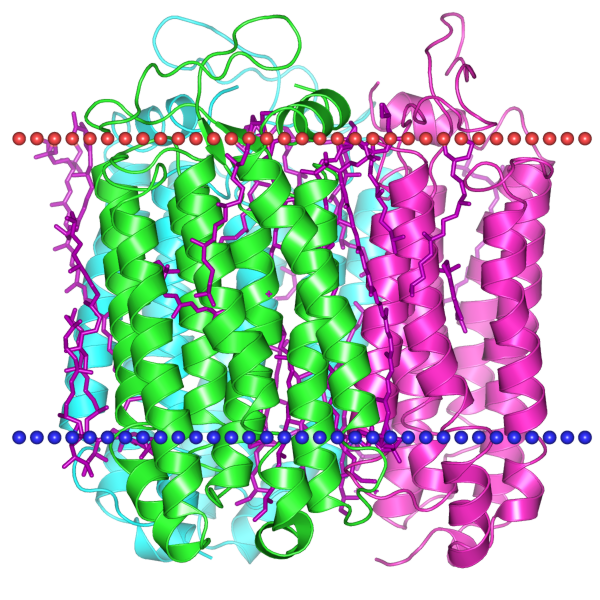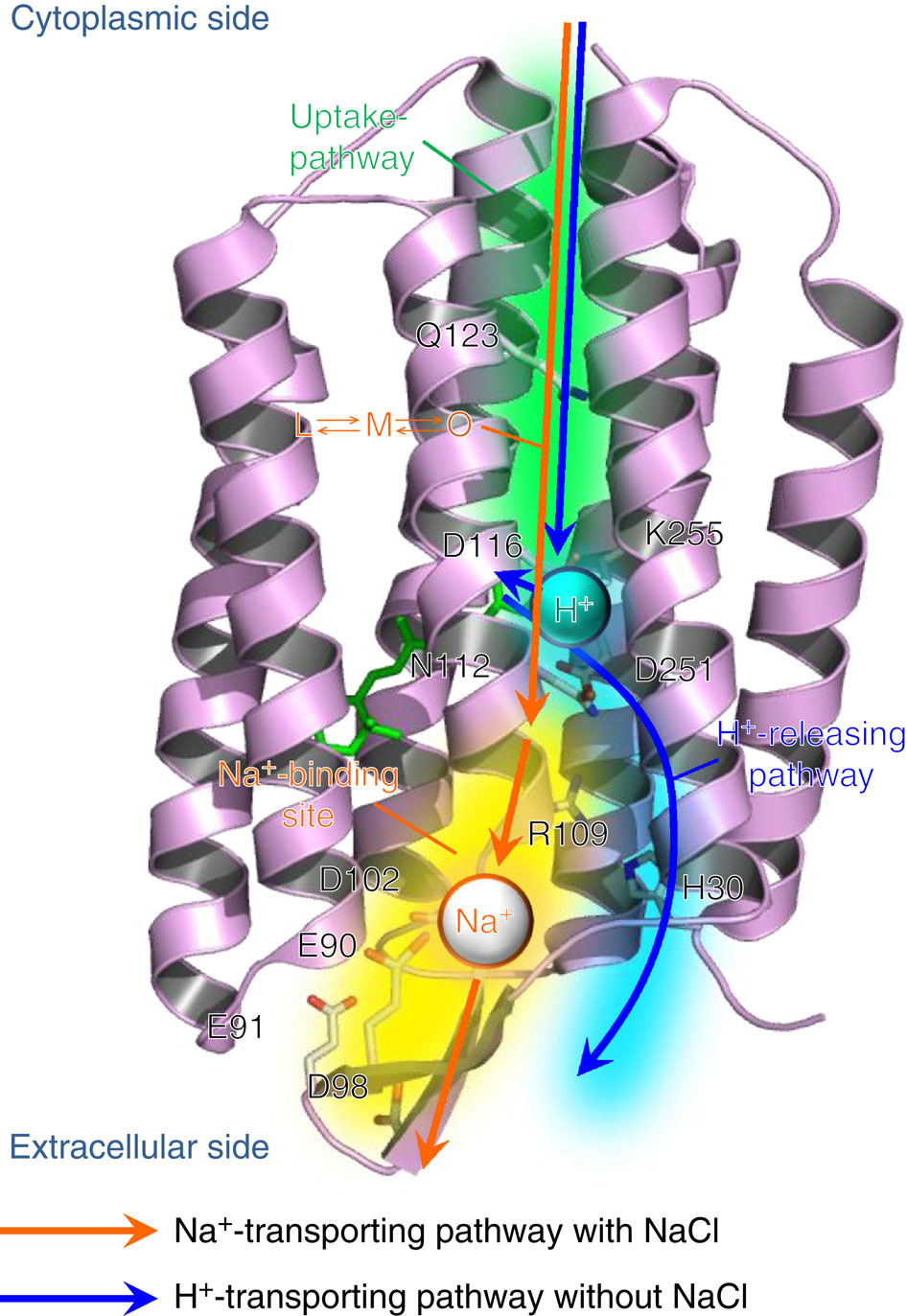Team:UC-Santa Cruz/Project/Overview
From 2013.igem.org
ABSTRACT
Fresh water shortages affect half of the
world’s population (currently 7 billion persons). In the next 25 years the
numbers of people impacted by severe water shortages is expected to
increase four fold. Shortage of potable water has been estimated to account for
80-90% of disease and 30% of mortality for humanity. Roughly
half of all accessible fresh waters (rivers, lakes and underground aquifers)
are estimated to be in use by the current world population. Given only 2.5
percent of the total volume of water is fresh water and this percentage is
shrinking with global warming, fresh water is becoming a critical limiting
resource for human populations. The goal of this project is to develop an
efficient, green, scalable, low cost solution for desalinization of sea water and brackish water. Our solution is creation of a biofilm (biomachine) which uses sunlight to pump sodium chloride across the biofilm for the desalinization of salt and brackish waters, essentially replacing the pump, membrane, and energy source of a reverse osmosis machine.
The project also provides a scaffold for possible biofilm
cleanup of heavy metals and other toxic ionic pollutants.
Project Goals
1. Identify a prototype polarizable
prokaryotic biofilm species
2. Identify and Clone protein tagging peptides
for intracellular targeting of pumps and channels to specific cellular poles.
3. Identify and Clone a series of sunlight driven ion pumps (halorhodopsins)
4. Identify and Clone a series of ion channels
5. Assemble appropriate tag-pump/channel constructs for assessing NaCl movement across the biofilm.
Experimental Approach
1.
Identify a prototype polarizable
prokaryotic biofilm species. Our
project aims to create a microbial desalination system using the bacteria Caulobacter crescentus. Caulobacter crescentus
was chosen in our initial experiments for five reasons- 1) it is non-pathogenic
and widely distributed in the fresh water aquatic environment; 2) it is
polarized, making it possible to orient ion pumps and channels on specific sides
(poles) of the bacteria; 3) the stalk allows Caulobacter to attach itself to
solid surfaces where it forms a monolayer of cells (biofilm);
4) a set of plasmids is available for transformation of Caulobacter; and 5) experimental fluorescent
tagged protein models are available for investigation of protein tagging
mechanisms of pole formation (stalk and flagellum) in Caulobacter. Please see the
following key references-
Transcriptional Profiling of Caulobacter crescentus during
Growth on Complex and Minimal Media. Hottes et al. Journal of Bacteriology 186(5):1448-1461(2004).
2.
Identify and Clone protein tagging peptides
for intracellular targeting of pumps and channels to specific cellular poles. A
series of protein tags have been identified in pole formation in Caulobacter.
These include DivJ, TipF, StpX, and PflI. Cloning of these
tags are currently underway. Please see the following key references-
PflI, a Protein Involved in Flagellar
Positioning in Caulobacter. Obuchowski and Jacobs-Wagner. Journal of Bacteriology 190(5):1718-1729 (2008).
Protein Sequences and Cellular Factors Required
for Polar Localization of Histidine Kinase in Caulobacter crescentus. Sciochetti et
al., Journal of Bacteriology 184(21):6037-6049 (2002).
Protein localization and dymanics
within a bacterial organelle. Hughes et al.
PNAS:107(12):559-5604(2010).
3.
Identify and Clone a series of sunlight driven ion pumps (halorhodopsins). Candidate channels
include the halorhodopsins and bacterorhodopsins.
We have cloned one new Na pumping halorhodopsin, KR2,
a protein from a marine flavobacterium, Krokinobacter eikastus. Please
see the following key reference- A light-driven sodium
ion pump in marine bacteria. Inoue et al. Nature Communications DOI: 10.1038/ncomms2689
April 9, 2013. We are investigating function of BBaK559000 a BioBrick containing a halorhodopsin.
We are also investigating other sources of halorhodopsins.
4.
Identify and Clone a series of ion channels. We have not yet cloned any ion channels. These proteins are our next
goal for gene cloning.
5.
Assemble appropriate tag-pump/channel constructs for assessing NaCl movement across the biofilm.
Work is in progress for creation of
transforming plasmids coding for fusion proteins which
include the targeting peptide, the pump or channel and a fluorescent tag. These
plasmids will be used to transform Caulobacter. Function will be assessed by determining sub-cellular localization
of the fluorescent tag and assessment for sodium and chloride flux across the biofilm.
For Experimental Results,
see:
Project
Cell polarization
Ion Pumps
BioFilm
Credit: Michael Kolbe et. al (Science, 2000) http://opm.phar.umich.edu/
KR2 Rhodopsin sodium pump, viewed side-on, showing ion movement and selected molecular interactions
Credit: Keiichi Inoue et. al (Nature 2013)
 "
"

